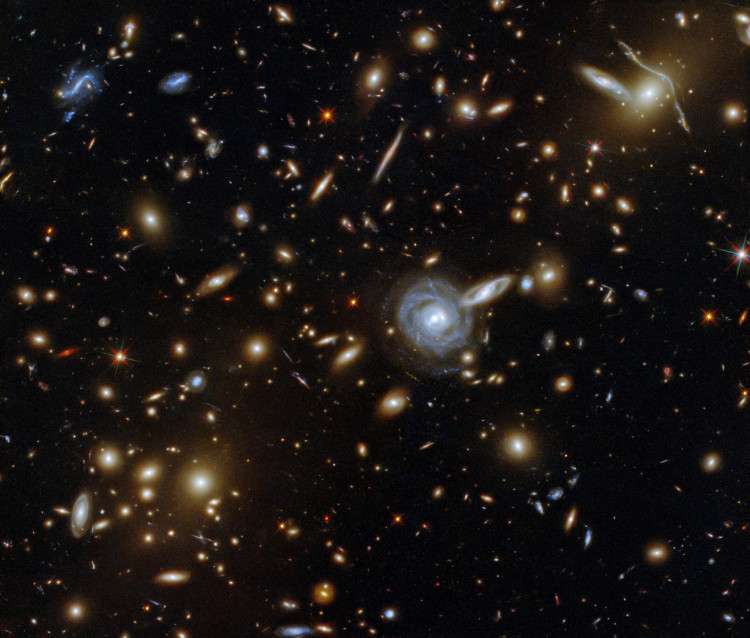The Hubble Space Telescope is one of the longest-lived space telescopes ever built, designed to free astronomers from a limitation that has afflicted them since Galileo's time: the Earth's atmosphere.
It is not, however, the only large telescopic structure in space. Hubble is, in fact, one of NASA's orbiting Great Observatories.
The Hubble, Chandra, Compton and Spitzer space-based observatories are part of this group. The program's origins may be traced back to 1946, when astronomer Lyman Spitzer released a paper on the advantages of space-based observations over terrestrial ones on July 30, 1946.
By November 2021, NASA will attempt to launch the James Webb Space Telescope.
The major reason we take telescopes into space is to avoid the Earth's atmosphere and get a better view of the planets, stars and galaxies we're studying. Our atmosphere works as a protective blanket, allowing some light to get through while blocking others.
This is generally a good thing.
However, because of that protection, we are unable to capture particular types of light for ground-based research. And that's why we send observatories to space.
The Great Observatories are distinguished by the fact that all four were meant to complement one another, covering the complete spectrum from visible light and near-IR (Hubble) to IR (Spitzer), X-ray (Chandra), and gamma radiation (Compton). This enabled observations that were unfeasible with ground-based observatories in the 1990s and, in many cases, remain impossible now considering the aforementioned effects of the Earth's atmosphere.
Only Hubble and Chandra are still operational. Compton's mission concluded in 2000, after nine years and two months, when one of its three gyroscopes failed and it was intentionally deorbited.
Spitzer's tenure ended in January 2020, following 16 years and five months on the job. Even though the coolant for far-IR observations had run out by 2009, a limited mission profile was maintained until the shutdown signal was received in 2020. Spitzer will continue to drift along a heliocentric orbit in this shutdown state.
Without the Earth's atmosphere's blurring effect and the blindfold-like effect the same atmosphere induces with UV, X-ray and other sorts of measurements, humanity's knowledge and grasp of the universe, our galaxy and nearby planets are expanded in previously unthinkable ways, all thanks to Earth's Great Observatories.






